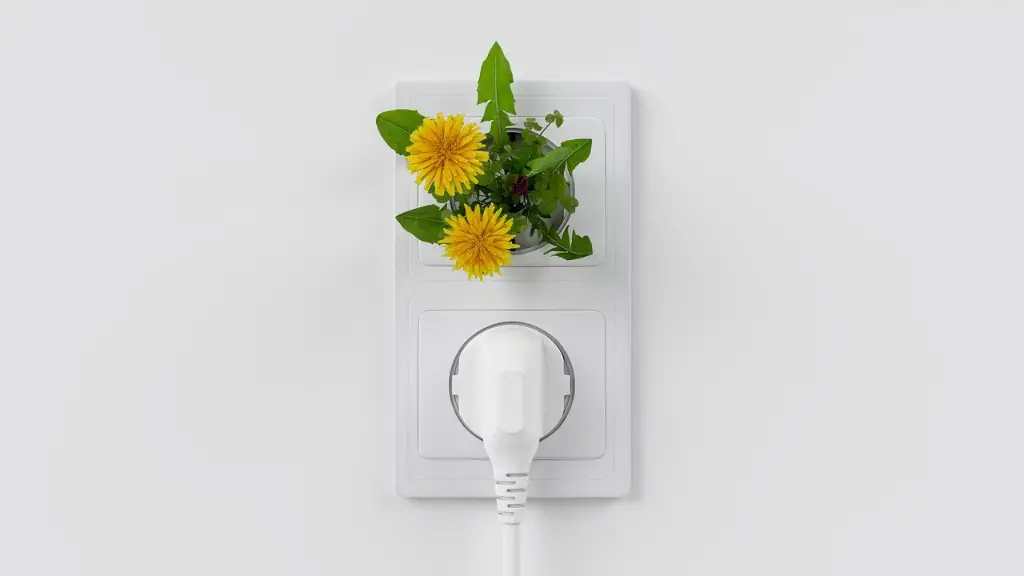As the temperature and sea levels of the earth steadily rise year by year, global warming has become a growing concern, and people are scrambling to figure out how their actions are affecting the planet and the wildlife that inhabit it. Birds, in particular, have been greatly impacted by global warming, and it is essential that people know how their behaviors are contributing to climate change and the conseqences it can have on birds.
Studies have shown that the Earth’s rising temperatures are shifting the distributions of species and negatively affecting the availability of food sources, both plants and insects. With the arrival of seasonal changes earlier, birds are having to adjust the timing of their yearly migrations to accommodate changes in the temperature and the availability of food. When the migrations of birds become interrupted, the survival and reproductive rates of particular species can become threatened. Additionally, rising sea levels are meaning that many of the places that had been safe and inhabitable for birds are now flooded and unsuitable for their needs, forcing them to search for alternative grounds to roost and feed.
This is particularly worrisome for species that have very specialised habitats and strictly regulated diets, such as albatross, who are especially sensitive to changes in their environment. Albatross feed on krill and other marine organisms, but due to their increasing difficulty in finding food due to warmer waters, their populations have been known to have been cut in half. Alongside this, some species have become so deprived of the essential food sources they are used to finding, such as arctic terns, that they have had to resort to scavenging in areas dominated by human settlements.
Not only has global warming created a difficult environment for birds to survive and feed, but it has also affected their reproductive success. Being sensitive to small changes in climate, bird species nesting in warmer climates like deserts and savannas are now laying their eggs earlier in the season in order to take advantage of cooler nights – something that puts their young at risk. Additionally, the moolts of some species, such as ducks, are becoming whiter due to the light reflecting against snow while they overwinter, making them highly vulnerable to predators.
In order to counteract the destruction that global warming is having on these birds, some conservationists are trying to re-establish suitable habitats for them by raising water levels and bringing back wetland habitats. Such habitats can provide a suitable environment for aquatic birds, while drylands with extensive vegetation or trees provide a place of refuge for other species. Furthermore, it is essential that we let areas be in their natural state to allow birds to maintain their diet and migratory cycles.
Despite the threatening possibilities global warming has on birds, there is still hope for them. With a collective understanding of the challenges that face wildlife due to climate change and coordinated conservation efforts, the health and success of their populations can still be protected.
Change at the personal, local and global level can have a big impact in the combat against global warming and its consequences for birds. Small actions such as being conscious of energy and water use, minimising the pollution of our rivers and oceans, and purchasing from socially and environmentally responsible companies, can go a long way to protecting the habitats of birds. By adopting such practices and spreading the word, it is possible for us to continue to coexist with birds and the rest of the natural world.

